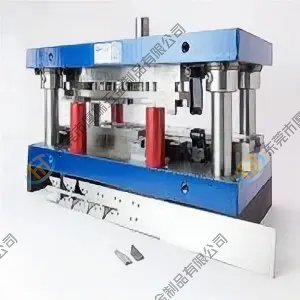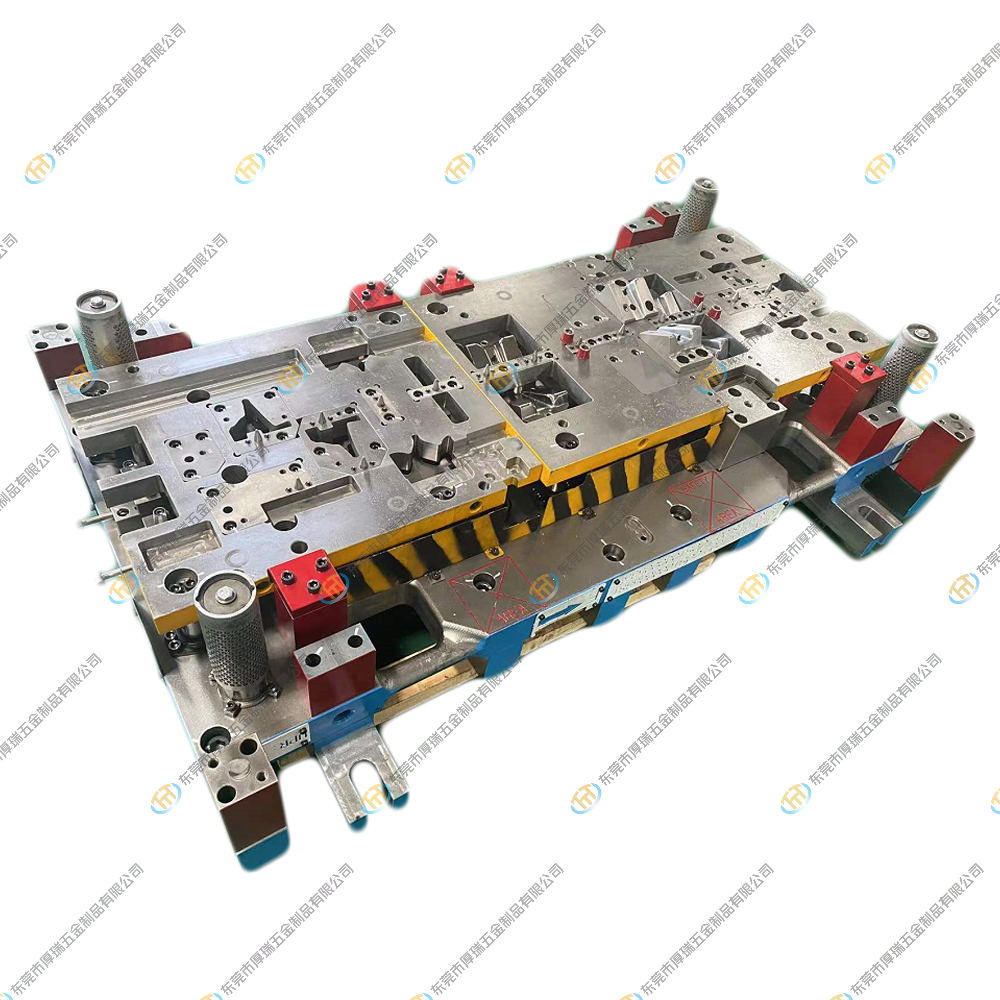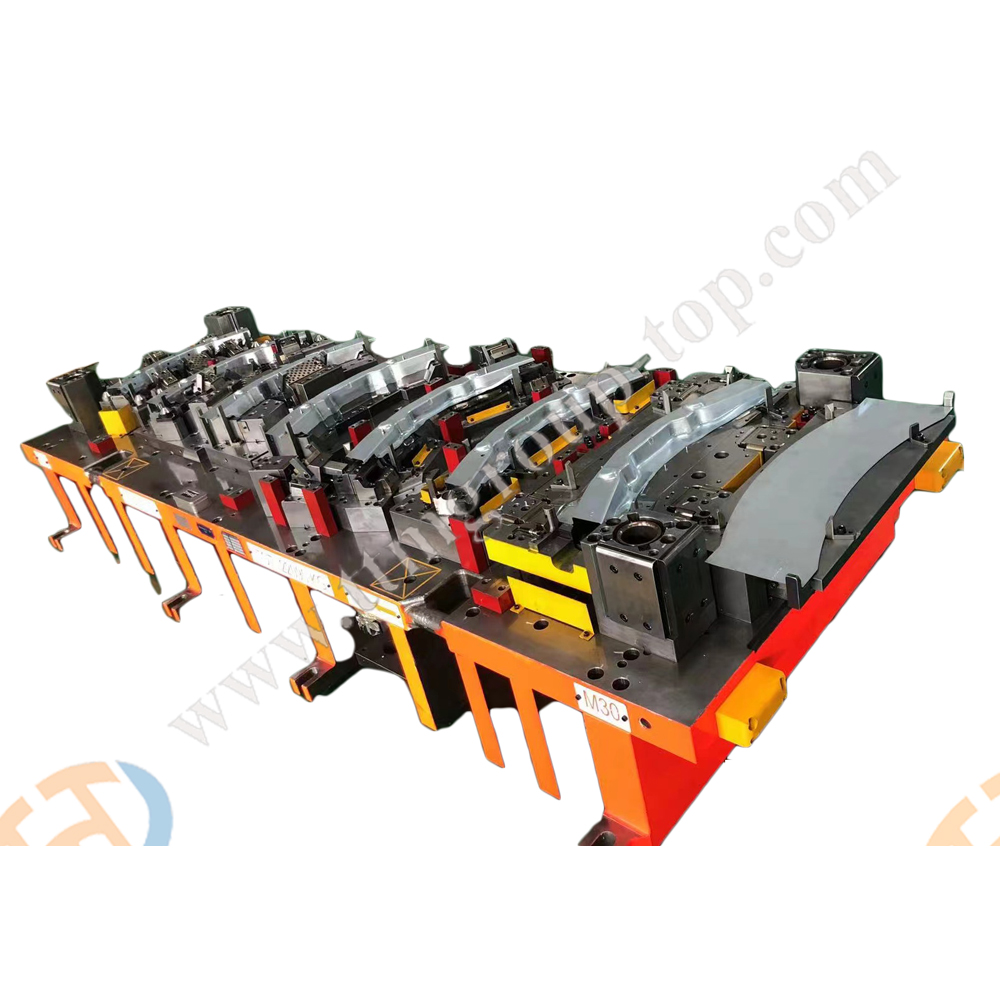-

Automotive A-pillar Casting Transfer Metal Stamping Dies and Tools
-

Automotive D Pillar Metal Stamping Dies Design and Manufacturer
-

Customize Progressive Steel Stamping Dies and Tools for Automotive ...
-

Manufacture And Design Automotive Sheet Metal Stamping Die
-

Automotive and Vehicle Sheet Metal Parts Stamping Die Manufacturers
-

Automotive Sheet Metal Die And Stamping Manufacturer
-

Automotive Sheet Metal Part and Component Stamping Tools
-

Custom Automotive Metal Parts And Car Components Progressive Die
-

High-quality Automotive Casting progressive die manufacturer and Fa...
-

One Stop Service Metal Tooling Supplier Stamping Mould Stamping Part
-

High Precision Prog tool Sheet Metal Deep Drawing Die Producer
-

Custom Automotive Metal Stamping Dies Punching Machines
-

E-mail
-
.png)
Wechat
Wechat
+86-13902478770
-
.png)
Whatsapp




.png)
.png)